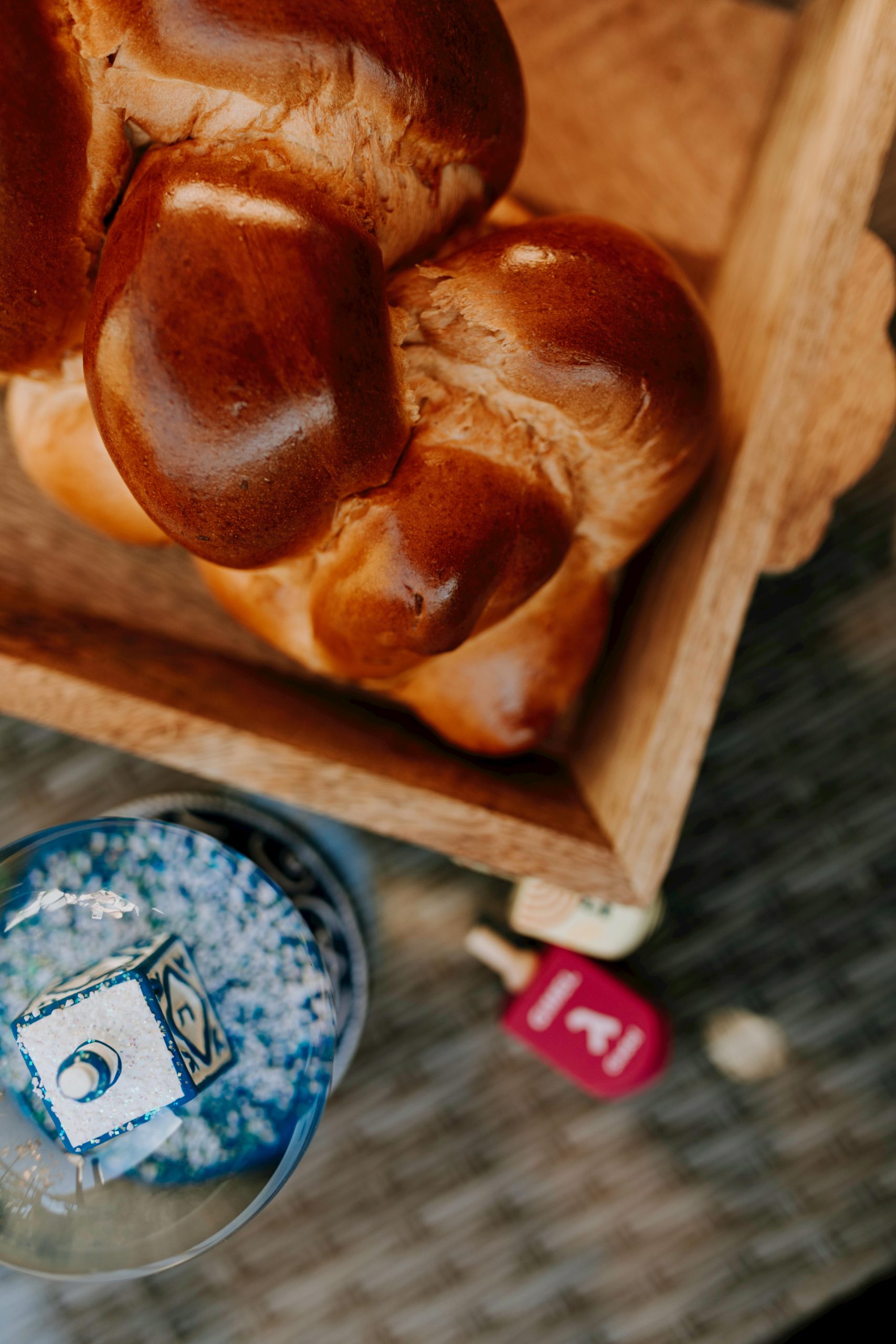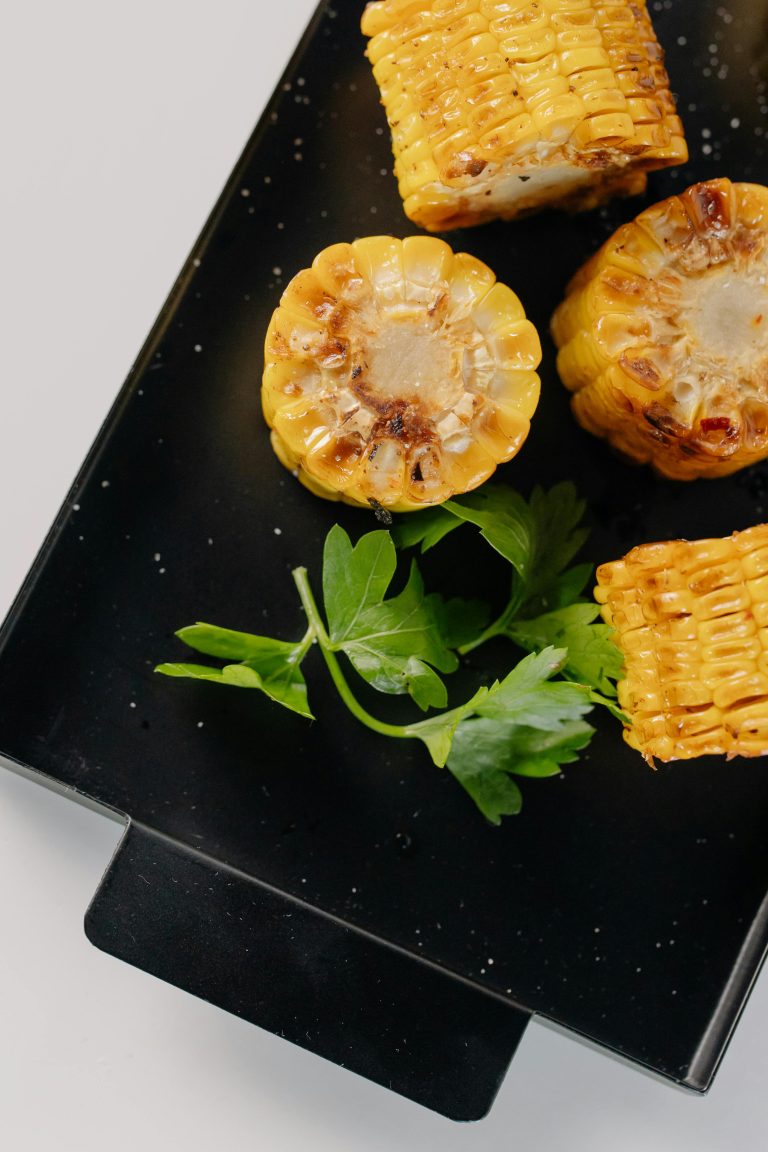Welcome to our comprehensive guide on iron-rich foods! In this article, we will explore the importance of iron in the body, its role in maintaining good health, and the different types of iron found in food. We will also discuss the recommended daily intake of iron, common symptoms of iron deficiency, and the consequences of not getting enough iron. Additionally, we will highlight the various iron-rich foods that are suitable for vegetarians, as well as seafood options and cooking tips to maximize iron absorption. So, let's dig deeper and discover the power of iron-rich foods!
Understanding the Importance of Iron in the Body
Iron plays a crucial role in the body's overall function and well-being. It is an essential mineral that is involved in numerous physiological processes, including the production of red blood cells and the transport of oxygen throughout the body. Iron is also necessary for the proper functioning of enzymes and the synthesis of DNA.
The Role of Iron in the Body
One of the primary functions of iron is its involvement in the production of hemoglobin, a protein found in red blood cells. Hemoglobin binds to oxygen in the lungs and carries it to the body's tissues and organs. This process is vital for supplying oxygen to every cell in the body, allowing them to generate energy and carry out their respective functions.
Iron is also a critical component of myoglobin, a protein found in muscle tissues that helps store and transport oxygen during physical activity. This allows muscles to work efficiently and helps prevent fatigue and weakness. Furthermore, iron plays a key role in maintaining a healthy immune system and supporting cognitive function.
The Different Types of Iron in Food
Iron can be found in two different forms in food: heme iron and non-heme iron. Heme iron is derived from animal sources and is more easily absorbed by the body compared to non-heme iron, which is found in plant-based foods. However, both types of iron are important for maintaining optimal iron levels.
Heme Iron vs. Non-Heme Iron
Heme iron is primarily found in animal products such as red meat, poultry, and seafood. It is known for its higher bioavailability, meaning that it is more readily absorbed by the body. This is due to the fact that heme iron is structurally similar to the iron found in our own red blood cells. As a result, heme iron is more efficiently absorbed and utilized by our bodies.
Non-heme iron, on the other hand, is found in plant-based foods like beans, lentils, spinach, and fortified grains. While non-heme iron is not as easily absorbed as heme iron, consuming it alongside certain nutrients can enhance its absorption. For example, pairing non-heme iron-rich foods with vitamin C-rich foods can significantly increase iron absorption. We will discuss this in more detail later.
The Recommended Daily Intake of Iron
The recommended daily intake of iron varies depending on age, sex, and life stage. The Dietary Reference Intakes (DRIs) for iron, established by the Institute of Medicine of the National Academies, provide specific guidelines for different populations.
For adult men and postmenopausal women, the recommended daily intake of iron is 8 milligrams (mg). Adult women of childbearing age, on the other hand, have a higher recommended intake of 18 mg to account for iron losses during menstruation. Pregnant women require even more iron, with a recommended intake of 27 mg per day.
It's important to note that these guidelines are general recommendations and individual needs may vary. Certain medical conditions, such as iron deficiency anemia, may require higher iron intake under the guidance of a healthcare professional.
Common Symptoms of Iron Deficiency
Iron deficiency is one of the most prevalent nutrient deficiencies worldwide. The early stages of iron deficiency often go unnoticed, as the symptoms can be subtle. However, as the deficiency progresses, the symptoms become more pronounced. Common symptoms of iron deficiency to watch out for include:
- Fatigue and weakness
- Shortness of breath
- Rapid or irregular heartbeat
- Weak nails
- Craving for non-food substances like ice or dirt (known as pica)
- Pale skin
- Headaches
- Dizziness or lightheadedness
- Restless legs syndrome
If you experience any of these symptoms, it is important to consult with a healthcare professional for proper diagnosis and treatment.
The Consequences of Iron Deficiency
Iron deficiency can have a range of consequences on both physical and cognitive health. Inadequate iron levels can impair the body's ability to produce enough hemoglobin, leading to iron deficiency anemia. Anemia can cause fatigue, weakness, and difficulty concentrating, affecting daily activities and overall quality of life.
In addition to anemia, iron deficiency can have other serious effects on the body. It can weaken the immune system, leaving individuals more susceptible to infections. Iron deficiency has also been linked to impaired cognitive function, including poor memory and reduced cognitive performance.
Furthermore, iron deficiency during pregnancy can increase the risk of preterm birth and low birth weight, potentially impacting the health and development of the baby.
Who is at Risk of Iron Deficiency?
While iron deficiency can affect anyone, certain populations are at a higher risk. These include:
- Women of childbearing age: Due to menstrual blood loss, women have higher iron requirements, and inadequate iron intake or excessive blood loss can lead to iron deficiency.
- Pregnant women: The demands for iron increase during pregnancy to support the growing fetus and placenta.
- Infants and young children: Rapid growth during early childhood requires adequate iron intake. Breastfed infants can become iron deficient if they do not receive iron-rich complementary foods.
- Vegetarians and vegans: Plant-based diets can be low in absorbable iron, and vegetarians and vegans should pay close attention to their iron intake.
- Individuals with gastrointestinal disorders: Certain gastrointestinal disorders, such as celiac disease and inflammatory bowel disease, can impair iron absorption.
- Individuals with chronic diseases: Chronic diseases such as kidney disease and cancer can lead to increased iron loss or impaired iron absorption.
If you fall into any of these risk categories, it is especially important to monitor your iron intake and consider incorporating iron-rich foods into your diet.
Iron-Rich Foods for Vegetarians
Vegetarians may have a higher risk of iron deficiency due to the absence of heme iron found in animal products. However, there are plenty of plant-based iron-rich foods that can help meet their iron needs. Here are some excellent sources of iron for vegetarians:
Soybeans: A Powerhouse of Iron
Soybeans are not only rich in protein but also contain a significant amount of iron. One cup of cooked soybeans provides approximately 8.8 mg of iron, which is nearly half of the recommended daily intake for most adults. Soybeans are versatile and can be enjoyed in various forms, such as tofu, tempeh, edamame, and soy milk.
Lentils: A Nutritional Powerhouse
Lentils are legumes that are not only high in iron but also packed with fiber, protein, and other essential nutrients. One cup of cooked lentils provides about 6.6 mg of iron, making it an excellent choice for vegetarians. Lentils can be enjoyed in soups, stews, salads, or even as a meat substitute in various dishes.
Beans and Peas: A Delicious and Nutritious Source of Iron
Beans and peas are another fantastic source of iron for vegetarians. Whether it's black beans, kidney beans, chickpeas, or green peas, these legumes provide a good amount of iron along with fiber and protein. One cup of cooked black beans, for example, contains around 3.6 mg of iron. Including beans and peas in your meals can significantly boost your iron intake.
Sesame Seeds: Adding a Crunchy Iron Boost to Your Diet
Sesame seeds are not only a delicious topping but also a great source of iron. Just one tablespoon of sesame seeds provides about 1.3 mg of iron. Sprinkle them on salads, stir-fries, or bake them into bread for a crunchy iron boost.
Cashews and Pine Nuts: A Tasty Way to Boost Your Iron Intake
Nuts like cashews and pine nuts are not only packed with healthy fats but also contain a decent amount of iron. One ounce (approximately 28 grams) of cashews provides about 1.7 mg of iron, while the same amount of pine nuts delivers around 1.6 mg of iron. Grab a handful of these nuts as a snack or add them to your favorite recipes for an added iron punch.
Green Leafy Vegetables: Nature's Iron-Rich Superstars
Green leafy vegetables are known for their rich nutrient content, and iron is no exception. Vegetables like spinach, kale, Swiss chard, and collard greens are excellent sources of non-heme iron. One cup of cooked spinach, for example, provides around 6.4 mg of iron. To maximize iron absorption, pair these greens with foods rich in vitamin C, which we will discuss later.
Potatoes: A Surprisingly Good Source of Iron
Potatoes may not be the first food that comes to mind when you think of iron, but they can make a valuable contribution to your iron intake. One medium-sized potato with the skin on contains approximately 2.2 mg of iron. Enjoy baked potatoes, roasted potatoes, or use them as a base for hearty vegetable stews.
Mushrooms: A Unique and Nutritious Source of Iron
Mushrooms are not only delicious but also contain a notable amount of iron. While the iron content varies depending on the type of mushroom, in general, they are a worthwhile addition to a vegetarian diet. Portobello mushrooms, for example, provide about 0.7 mg of iron per cup. Including mushrooms in stir-fries, pasta dishes, or even as a meat substitute can help boost your iron levels.
Olives: A Versatile and Iron-Packed Snack
Olives are not only a tasty snack but also a surprising source of iron. One cup of canned black olives contains about 5.3 mg of iron. Enjoy them as part of a Mediterranean-inspired salad, on top of pizzas or in your favorite pasta dishes for a flavorful iron boost.
Mulberries: A Delicious and Iron-Rich Berry
Mulberries are a lesser-known berry but are packed with nutrients, including iron. One cup of fresh mulberries provides about 2.6 mg of iron. Enjoy them fresh on their own or add them to smoothies, yogurts, or baked goods for a naturally sweet iron source.
Whole Grains: A Fiber-Rich Source of Iron
Whole grains like quinoa, amaranth, oats, and brown rice are not only rich in fiber but also contain iron. One cup of cooked quinoa, for example, provides around 2.8 mg of iron. Incorporate whole grains into your meals as a side dish or use them as a base for salads or stir-fries to increase your iron intake.
Iron-Rich Seafood Options
If you include seafood in your diet, there are several options that can provide a good amount of iron. Here are some seafood choices that are particularly high in iron:
Red Meat: A Classic Source of Iron
Red meat, such as beef and lamb, is often associated with being a rich source of iron. A 3-ounce serving of lean beef contains around 2.6 mg of iron. However, it's important to consume red meat in moderation and opt for lean cuts to minimize saturated fat intake. Pairing red meat with vitamin C-rich foods can also enhance iron absorption.
Turkey: A Lean and Iron-Rich Meat Option
Turkey is a lean meat that also provides a good amount of iron. A 3-ounce serving of turkey contains approximately 1.3 mg of iron. Incorporate turkey into your diet by enjoying turkey burgers, turkey breast slices, or using ground turkey in your favorite recipes.
Certain Fish: A Seafood Source of Iron
Certain types of fish, such as tuna, salmon, and halibut, can contribute to your iron intake. A 3-ounce serving of cooked tuna provides around 1.3 mg of iron, while the same portion of cooked salmon delivers approximately 0.6 mg of iron. Including these fish in your diet can provide not only iron but also omega-3 fatty acids and other essential nutrients.
Cooking Tips to Maximize Iron Absorption
While consuming iron-rich foods is essential, maximizing their absorption is equally important. Here are some cooking tips that can enhance the absorption of iron from your meals:
- Pair Iron-Rich Foods with Vitamin C-Rich Foods: As mentioned earlier, consuming vitamin C alongside non-heme iron-rich foods can significantly increase iron absorption. Foods high in vitamin C include citrus fruits, strawberries, kiwi, mangoes, bell peppers, and tomatoes. Consider adding these vitamin C-rich foods to your iron-rich meals.
- Cook in Cast Iron Cookware: Cooking acidic or high-moisture foods, such as tomato-based dishes or soups, in cast iron cookware can increase the iron content of the food. The iron from the cookware leaches into the food during cooking, providing an additional source of iron.
- Avoid Overcooking: Overcooking can result in nutrient losses, including iron. To retain the iron content of your foods, try cooking them for the recommended time and avoid excessive heat or extended cooking times.
- Soak and Cook Legumes Properly: Legumes like beans and lentils contain compounds called phytates that can inhibit iron absorption. To reduce their phytate content, soak legumes overnight and discard the soaking water before cooking. Additionally, cooking legumes thoroughly can further improve iron bioavailability.
Iron Supplements: When and How to Use Them
In some cases, iron supplements may be necessary to meet the body's iron requirements. Iron supplements are commonly prescribed to individuals with diagnosed iron deficiency anemia or those at risk of deficiency who are unable to meet their iron needs through diet alone.
It is important to note that iron supplements should only be taken under the guidance of a healthcare professional. Taking iron supplements without medical supervision can lead to iron overload, which can be harmful to the body. The appropriate dosage and duration of iron supplementation should be determined by a qualified healthcare provider based on individual needs and iron status.
Conclusion: Including Iron-Rich Foods in Your Diet for Optimal Health
Incorporating iron-rich foods into your diet is vital for maintaining optimal health and preventing iron deficiency. Whether you follow a vegetarian or non-vegetarian diet, there are plenty of options available to meet your iron needs. From soybeans and lentils to red meat and seafood, there is a wide range of iron-rich foods to choose from.
Remember to include a variety of iron-rich foods in your meals, pair non-heme iron with vitamin C-rich foods, and consider cooking techniques that can enhance iron absorption. If you suspect iron deficiency or have specific iron-related concerns, it is always best to consult with a healthcare professional for personalized advice.
By making iron-rich foods a regular part of your diet, you can ensure that your body has an adequate supply of this important nutrient. So, go ahead and explore the power of carrots, soybeans, lentils, and more – and nourish your body with the iron it deserves.



